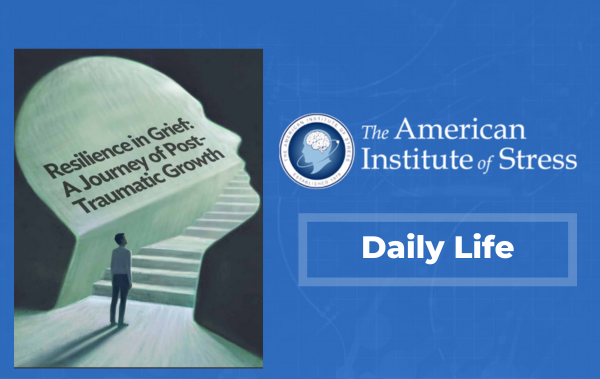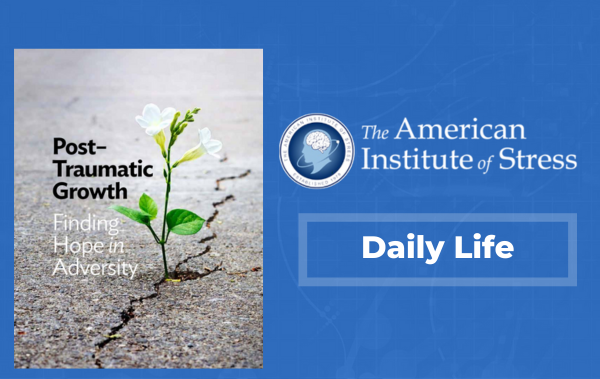Irving, Grand Prairie, Arlington, Garland, and Fort Worth were also included in the study and ranked in the less stressful half of the 182 cities. Irving came in at 149, Grand Prairie at 122, Arlington at 106, Garland at 103, and Fort Worth at 100.
Although Plano is only approximately 20 miles north of downtown Dallas, the statistics show significant differences in the two cities. Dallas’ overall stress was about 150 percent of Plano’s.
The two sub-categories that set the cities apart are the separation and divorce rate and child care cost, both of which fall under family stress, where Dallas ranks 13th and Plano 158th. The rate of separations and divorces in Dallas is 26.34 percent, and 16.17 percent in Plano. The ranking of child care cost was formulated by taking into consideration the average monthly cost of pre-school or kindergarten, full day school, and a private education for one child. Out of the 173 applicable cities, Plano has the second lowest child care cost, behind only Garden Grove, California, while Dallas has the 39th highest.
Other sub-categories––including the poverty rate, median household income, and general mental health––solidify Plano’s position as a much “less stressful” city to live in. The poverty rate in Dallas is triple what it is in Plano, and the annual median household income in Dallas is over $40,000 less than the average Plano household (adjusted to the cost of living).
Following financial, work is attributed as the second highest category of stress, and WalletHub references an estimate cited by The American Institute of Stress that workplace-related stress alone costs the U.S. $300 billion annually.
Baylor Assistant Professor of Management Sara Perry was cited as an expert in the WalletHub report. She was not involved in the study, but she has done a series of studies on the role of stress in the workplace and factors that can lead to employee burnout.
Three stressors included in the workplace category are average weekly work hours, traffic congestion, and average commute time. The option of working remotely greatly reduces these sources of stress, and has become a more feasible alternative in recent years.
“A lot of people appreciate having the option to work remotely if they can better balance their home and work demand,” says Perry. “If I don’t have to drive an hour one way to get to work, then that means I can pick my kids up from school, or I can get an extra two hours of work a day. If I can address those demands, that is a real benefit for me.”
While it has its benefits, statistics show that working remotely can lead to social isolation and an increased inability to separate work and home life. A study done by Timothy Golden says that 15 hours, or around 2 days, of remote work a week is the ideal number.
“It’s nice to have that couple of days a week, but one of the concerns is social isolation, from your co-workers specifically. If you’re doing that to balance your home, but then you have no interaction with your co-workers, that’s another concern, so you really have to counter-balance,” says Perry. “In terms of work hours, research actually shows that intensification of work increases when you work remotely. One of the concerns that people have raised is the potential to never turn it off. So you work more, you work harder, you think about work more often, for longer. Even into the evening, you take calls, you check emails. People that work at the office might do that too, but people that work at home tend to blur those boundaries more.”
Dallas’ larger, diverse population and dynamic atmosphere separate it from Plano and contribute to the more stressful environment. Perry says, “There is something about congested areas, faster paces of life––all of those things affect you, even if you might not realize it.”
Article





